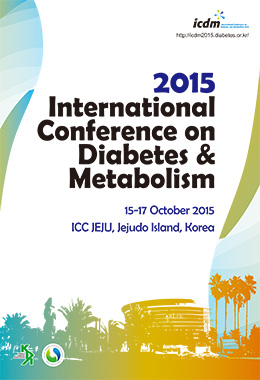Objective: The aim of this study is to investigate the mode of action of TRIP-16, a previously identified beta cell-protecting compound against glucolipotoxicity.
Methods: Using INS-1, a rat insulinoma cell line, we studied beta cell protection mechanisms of TRIP-16 by determining the alteration of cell viability, beta oxidation rate, triglyceride (TG) accumulation and the expression of genes involved in the mitochondrial metabolism. Also, we investigated functional effect of the compound on the insulin secretion.
Results: TRIP-16 showed a dose-dependent inhibitory effect on the high glucose/palmitate (HG/PA)-induced viability reduction. TRIP-16 increased oxygen consumption (beta oxidation) in the INS-1 cells incubated in PA-supplemented media and reduced TG accumulation in the cells incubated in the palmitate/oleate (PA/OA)-containing media. The compound also up-regulated genes involved in mitochondrial beta oxidation or biogenesis, i.e. CPT1, UCP2 and PGC1-alpha. Glucose-stimulated insulin secretion (GSIS) was augmented by TRIP-16 itself. PA-induced GSIS inhibition was also reduced by TRIP-16 treatment.
Conclusion: These results suggest that TRIP-16 redirect fatty acids from metabolism (TG accumulation) to catabolism (beta oxidation) to reduce harmful effect of saturated fatty acids in beta cells. The mechanism of GSIS augmentation by TRIP-16 should be addressed by future studies.




